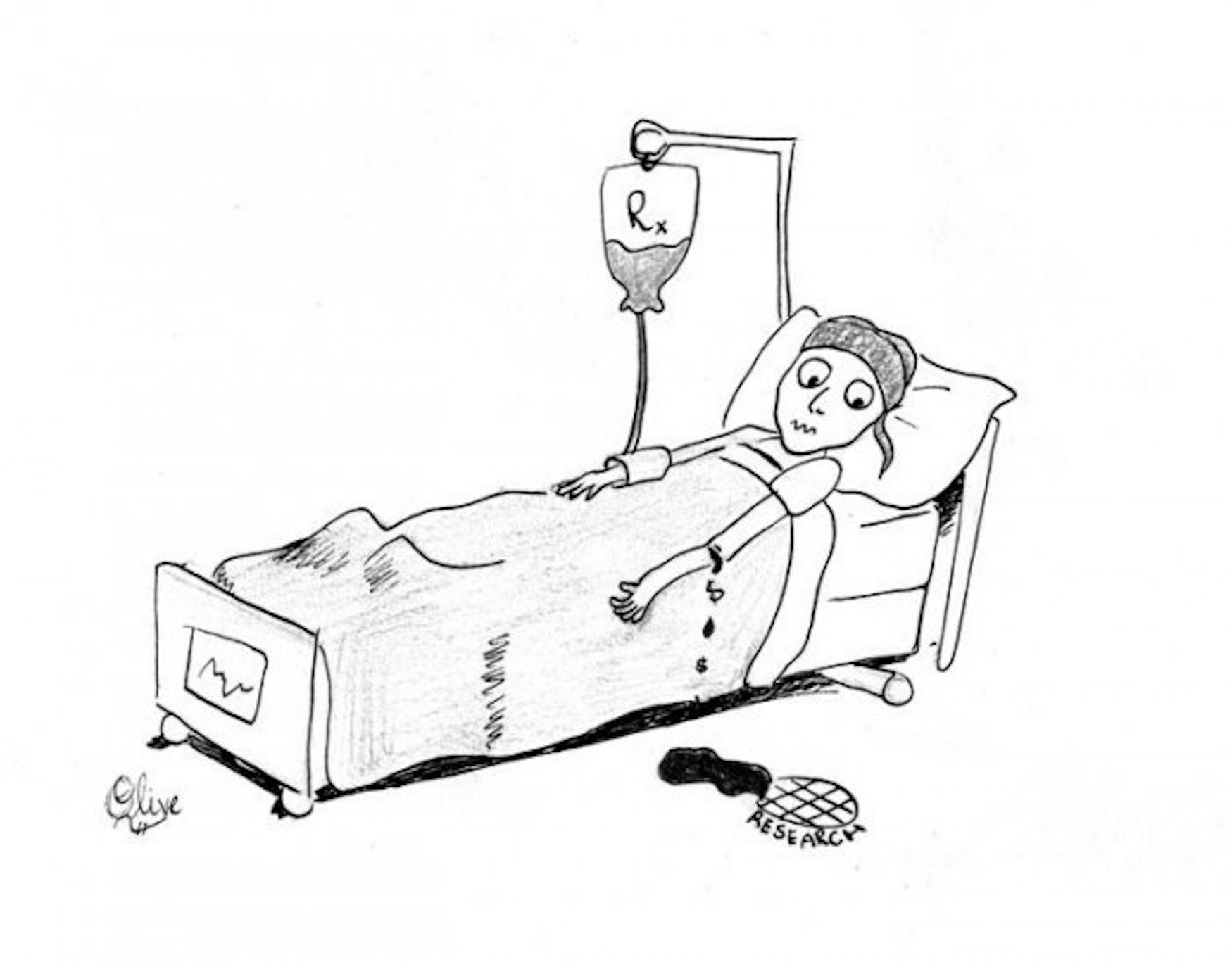Investigate drug costs to further reform American health care
After a botched rollout of the Patient Protection and Affordable Care Act, the federal exchanges, where many will sign up for health insurance, are showing signs of improvement. Through these exchanges, millions of Americans will qualify for subsidized health insurance. Millions more of the lowest income Americans will benefit from the expansion of Medicaid in those states that choose to expand their programs.
While President Barack Obama's signature legislation is a monumental first step in addressing the problem of the uninsured and unaffordable health care in the United States, the effort to reform the health system cannot stop at the ACA.
A recent series in the New York Times, "Paying Till it Hurts," highlights the untenable cost of health care in the U.S. from prescription drugs to hospital stitches. While the ACA will help Americans afford care, the high costs may be passed on to insurers. It may also still be paid by individuals through out-of-pocket costs such as co-payments, coinsurance and deductibles.
The price of drugs used to treat cancer patients in the U.S., for example, has risen by about 21 percent in 2012 for Medicare patients, according to the 2013 Drug Trend Report published by Express Scripts. Some patients' out-of-pocket costs can be so high that patients are discouraged from continuing life-saving treatment because they are forced to choose between the most effective treatment and putting food on the table. Patients with cancer are two-and-a-half times more likely than the general population to declare bankruptcy, according to a study by Scott Ramsey of the Fred Hutchinson Cancer Research Center.
Compared to the rest of the world, U.S. drug prices are exorbitant, in part because the U.S. largely foots the bill for innovation and research into new products. Given the costs of prescription medications, and particularly the rise in the cost of cancer medications, the ACA alone is not enough to fix our health care system. We must look to controlling costs, while maintaining incentives for innovation, as the next big reform of health care in the United States.
Recent decisions by the private sector indicate a shift toward rejecting the high cost of drugs that do not prove to be relatively more effective than other comparable drugs already on the market. Last year, Memorial Sloan-Kettering Cancer Center decided not to include Zaltrap, a new treatment for patients with advanced colon cancer, on its list of medications offered to patients. The decision was heralded in New York Magazine as "the first physician-initiated revolt in anyone's memory against the skyrocketing cost of cancer drugs."
The cost of Zaltrap ($11,000 a month) is more than double that of Avastin ($5,000 a month), another FDA-approved cancer drug with comparable effectiveness already on the market, according to New York Magazine. As a result of its price, Sloan-Kettering's Pharmacy and Therapeutics Committee decided not to offer Zaltrap to its patients.
In an op-ed in the New York Times, Peter Bach, the director of the Center for Health Policy and Outcomes at Sloan-Kettering, and his colleagues explained their decision: "Ignoring the cost of care, though, is no longer tenable. Soaring spending has presented the medical community with a new obligation. When choosing treatments for a patient, we have to consider the financial strains they may cause alongside the benefits they might deliver."
Following Sloan-Kettering's decision, Sanofi, the drug company that manufactures Zaltrap, effectively cut the drug's price in half by offering discounts to hospitals and providers. In another private sector move against the rising cost of cancer care, two major insurers recently decided to stop coverage for a new proton-beam therapy for prostate cancer, which did not prove comparably more effective than other treatments on the market.
One way to help control costs with minimal impact on research incentives would be to use comparative effectiveness research, which evaluates the relative efficacy of two or more drugs, in a holistic approach to decisions about pricing and reimbursement. In the 2009 Recovery Act and in the 2010 ACA, Congress allocated substantial funds to comparative effectiveness research. The ACA, for example, established the Patient-Centered Outcomes Research Institute, a nonprofit corporation that is tasked with developing national research priorities and a research project agenda.
The Institute is supported by a government trust fund, and it will contract with private companies and government agencies to promote comparative effectiveness research. However, the Institute has substantial limitations on its application to cost-effectiveness decisions made by the federal government. The private sector will thus have to take the lead on making cost-effectiveness decisions, albeit based on research conducted through the Research Institute.
A major issue with any change to the prices of treatment in the U.S. is a fear of disincentivizing expensive research and development of new drugs. The outcomes-based approach to reimbursement could be used in such a way that it promotes investments in the most innovative new products by reimbursing more for better effectiveness and less for those drugs that are as effective as others on the market. However, safeguards would have to be built into the system to allow for incremental innovation.
Moreover, comparative effectiveness research should be only one step toward a more cost-effective system. Other payment reforms such as episode-based payments, which move away from the fee-for-service model, are also crucial.
*



Please note All comments are eligible for publication in The Justice.